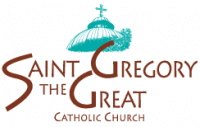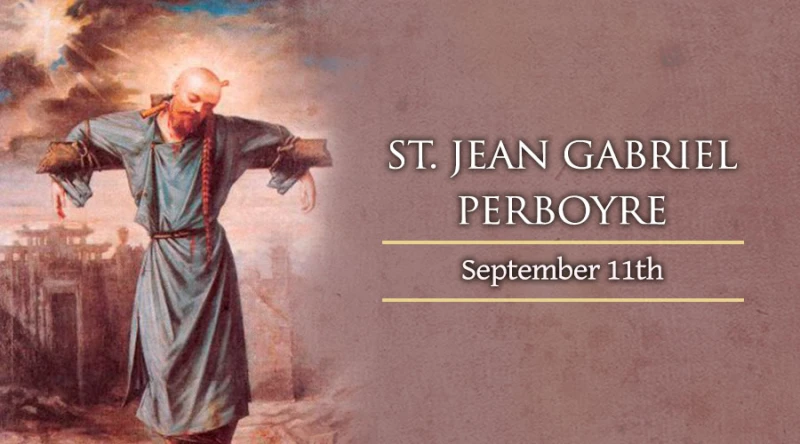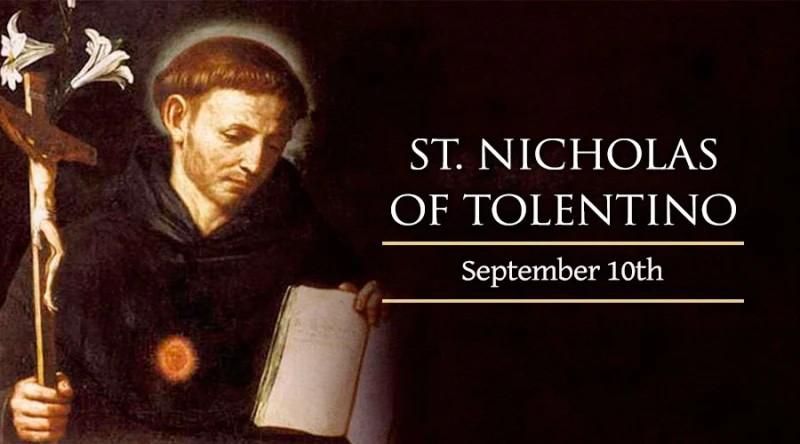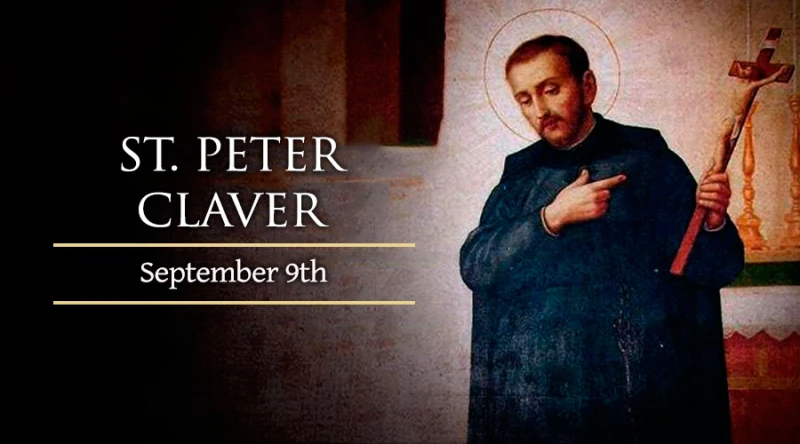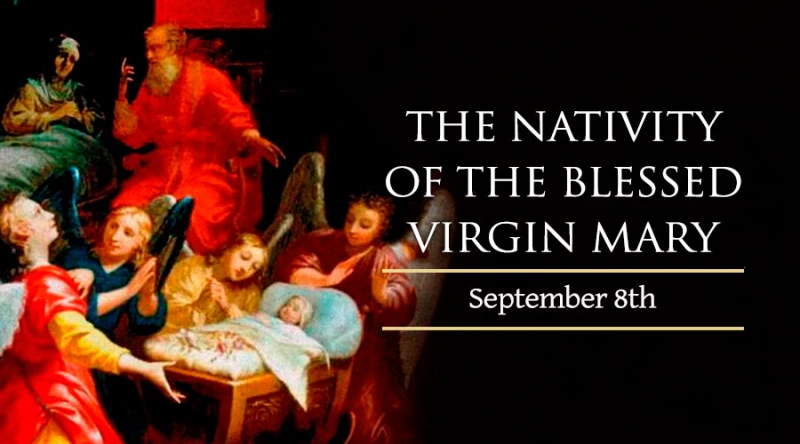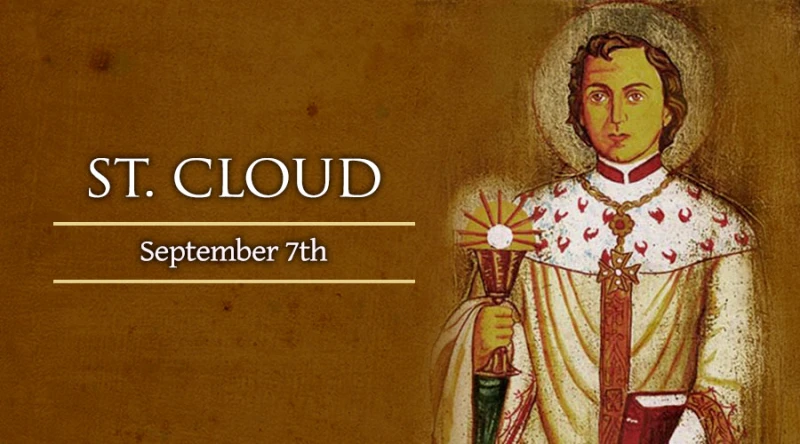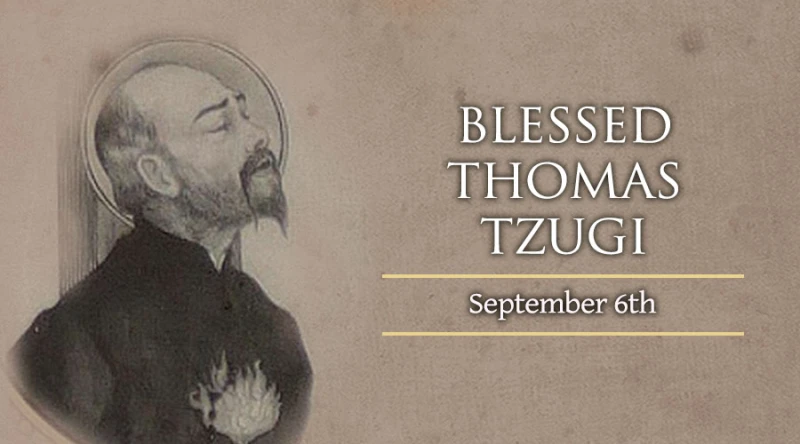
St. John Chrysostom
Feast date: Sep 13
“If the Lord should give you power to raise the dead, He would give much less than He does when he bestows suffering. By miracles you would make yourself debtor to Him, while by suffering He may become debtor to you. And even if sufferings had no other reward than being able to bear something for that God who loves you, is not this a great reward and a sufficient remuneration? Whoever loves, understands what I say.”
-St. John Chrysostom
Born in
He grew up in
His extreme mortifications left him in fragile health, and he thus returned to
In 398 he was forcefully appointed Patriarch of Constantinople, and fast became very popular with his flock through his example of preaching and courage in front of the imperial power, whose corruption and decadence he never shirked from criticizing in public.
This attitude naturally made an enemy of the empress, Eudoxia as well as Theophilus, bishop of
In 438 the Emperor Theodosius II of Constantinople had John’s body returned to
Chrysostom’s many writings, especially homilies and commentaries on the Gospels, are still extant and have exerted great influence over the centuries.
“When you are before the altar where Christ reposes, you ought no longer to think that you are amongst men; but believe that there are troops of angels and archangels standing by you, and trembling with respect before the sovereign Master of Heaven and earth. Therefore, when you are in church, be there in silence, fear, and veneration.”
–
Daily Reading
Friday of the First Week in Ordinary Time
Reading I 1 Samuel 8:4-7, 10-22a All the elders of Israel came in a body to Samuel at Ramahand said to him, “Now that you are old,and your sons do…
Daily Meditation
Whole Again
Click here for daily readings “Which is easier, to say to the paralytic, ‘Your sins are forgiven,’ or to say, ‘Rise, pick up your mat, and walk’?” This is Christ’s…
